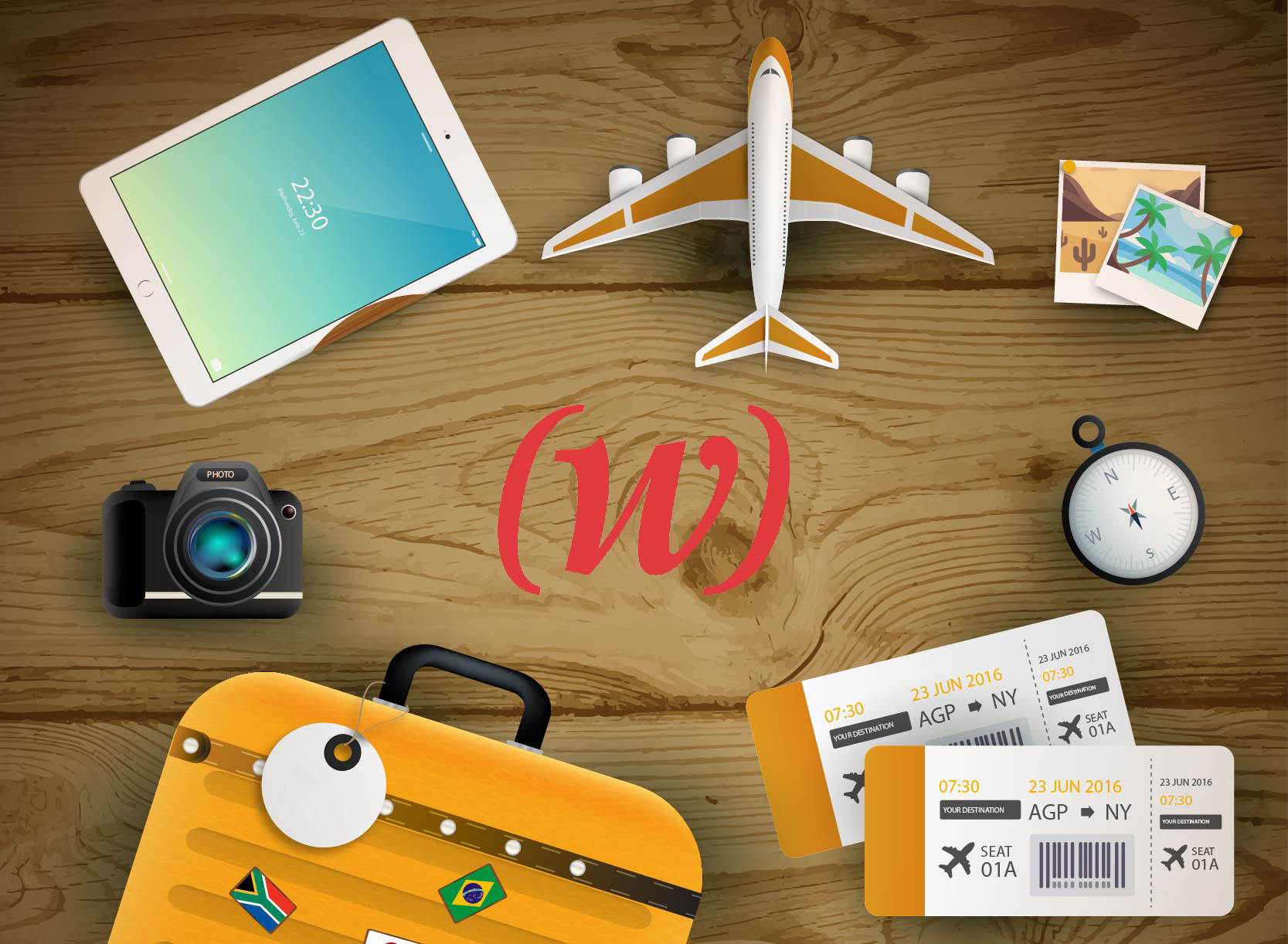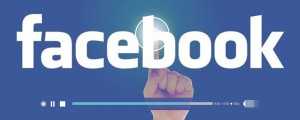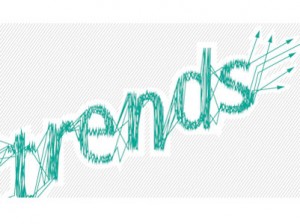By Shae Geary- Senior Communications Strategist
Industry trends are always a great place to mine for story ideas, especially when working with travel and hospitality clients. Some trends, like Pokemon Go! getaways, are short lived. Others, such as eco-travel, tend to define a whole generation and can change the nature of the industry forever. As the year draws to a close, we can’t resist looking ahead and seeing what’s in store for 2017. While none of us claim to have a crystal ball, here are a few trends (W)right On is keeping an eye on for the new year.

Smart Technology: Mobile technology will continue to play a significant role in making travel more convenient and streamlined. Smart companies are embracing the technology and enhancing the visitor experience by putting decision making in the palm of your hand. Expect activities such as checking in to your hotel, controlling the temperature of your room and booking activities all from your phone to become the new “normal.”
Digital Detox: While technology may be making travel more convenient, there’s also a backlash to the digital overload of daily life. The response? Innovative programs and services that allow travelers to get off the grid for a while. Wellness-focused offerings such as digital detox spa retreats, as well as activities like forest bathing, which encourage visitors to completely disconnect and revel in the natural world, will give travelers the peace and rejuvenation they seek.
Hipster Holidays: Thanks to the millennial generation, more travelers are choosing to explore lesser known cities and destinations. Along with the desire to go to unique places, this group also seeks authenticity and genuine, local experiences. While not a new trend for 2017, hyper-local activities and edgier, undiscovered venues will continue to appeal to this highly influential, independent traveler.

Beer-cations: Craft beer is having a moment. For the travel industry this has meant an increase in travelers who specifically seek out destinations with a strong craft beer vibe. Taprooms, beer events and other tasting experiences are the cornerstone of the beer-cation experience. However, look for the theme to show up in unexpected ways, too. On your next vacation, don’t be surprised if you are tempted by a beer-infused spa treatment or a “beer-tail” that features a unique blend of craft beer and traditional cocktail ingredients.
Solo Travel: At a recent media event, I was surprised when not one, but two female writers admitted that they enjoyed camping alone. It turns out that this may not be as surprising as it seems. According to Lonely Planet, a recent survey of 300 travelers indicated a majority of respondents planned to take a solo holiday in the coming year. Easy access to travel planning resources and the ability to stay connected while on the road are thought to be key influences in this current travel trend. Solo travelers like that they can set their own itinerary and feel that the experience enables them to more easily meet new people and immerse themselves in the local culture and surroundings.



 I almost said ‘decline’ and maybe I should.
I almost said ‘decline’ and maybe I should.  overtook YouTube’s videos on Facebook for the first time.” The upside of this is that Facebook video views drive more engagement than Youtube, but then more of something that could be on its way to a nothing (as we know it today) for a new generation still gives me pause.
overtook YouTube’s videos on Facebook for the first time.” The upside of this is that Facebook video views drive more engagement than Youtube, but then more of something that could be on its way to a nothing (as we know it today) for a new generation still gives me pause.
 Looking at past trends in an evolving industry can be a poor predictor of future trends—whether you’re talking about the stock market or the PR field.
Looking at past trends in an evolving industry can be a poor predictor of future trends—whether you’re talking about the stock market or the PR field.




 Grant Wright
Grant Wright





 Corie Fiebiger
Corie Fiebiger
 Shae Geary
Shae Geary Roman Lukjanenko
Roman Lukjanenko Phelan Riessen
Phelan Riessen Katrina Early
Katrina Early Hamish Marshall
Hamish Marshall